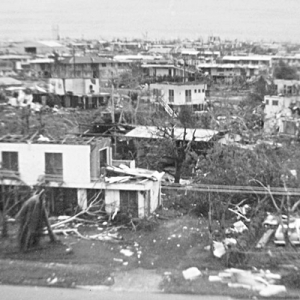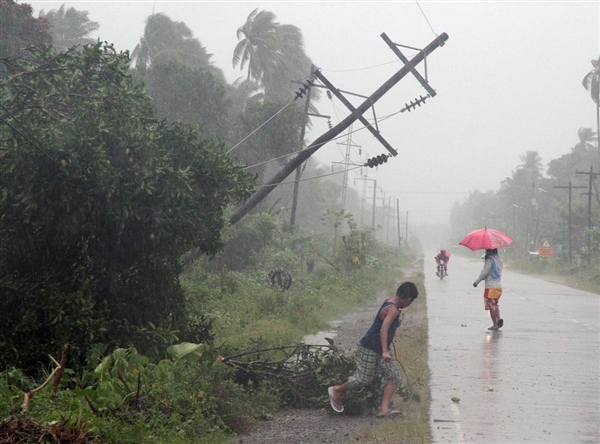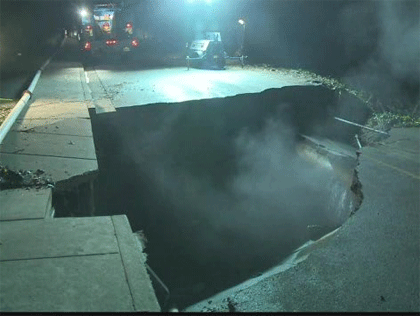OF THE
TIMES

Winter doesn't officially begin until December 21, but winter has a mind of its own as does all of nature. While the United Nations charlatans gathered in Doha, Qatar to try to save its global warming hoax by first calling it "climate change" and then by fashioning a funding mechanism to transfer the wealth of developed countries to those who are not, winter has arrived "early" around the world."The sun is the primary source of heat for the Earth... This is worth keeping in mind when the Secretary General of the United Nations or any other lying politician or alleged scientist tell you otherwise."


Comment: Here's a video of the other sinkhole in Santa Cruz (more of a landslide really):